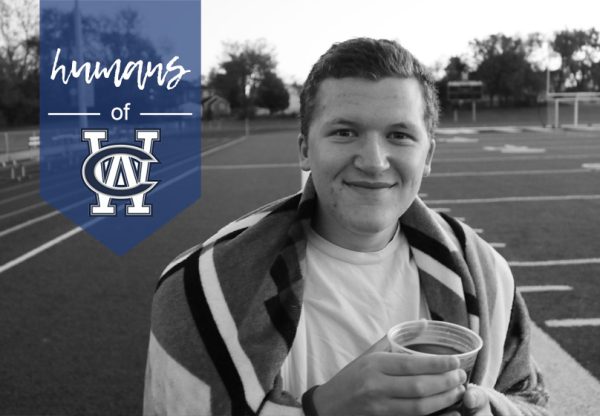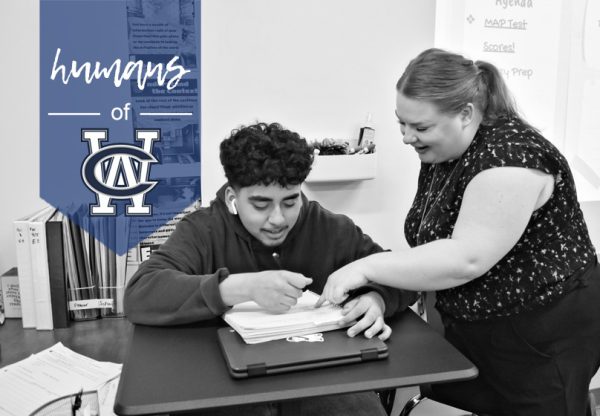Overcoming guilt and shame
Photo by Dave Jennings/Leslie Fireman
Sasha Baumgartner provides readers with more Unqualified Advice about Valentine’s Day
February 16, 2023
Imagine making a simple mistake such as emailing the incorrect person, do you respond to yourself with a phrase such as “I made a mistake, therefore I am a bad person?” If this is the case, then you are experiencing shame, an intense emotion that can lead a person to believe they are a “bad person.”
Historically, guilt and shame have been emotions that are consistently mixed up because many people suspect them to be the same thing; However, they are completely different responses to situations: guilt occurs when someone feels remorse and or regret for an action committed. When an individual feels guilty, they will tell themselves “I made a mistake” or “What I did was bad.”
When a person experiences and responds to a situation with shame, they personalize the mistake, saying “I am a bad person” or “I am overall terrible for what I have done.”
The difference between guilt and shame cannot be ignored, nor can the emotions be grouped into the same category.
Shame is a deeply felt hatred towards oneself that, over time, can be harmful.
“[Shame is] defined as an intense feeling about the self that comes from failing to live up to your own or others’ standards,” said the BetterHelp editorial team, a therapy resource organization. Shame is about the person, rather than the action. Shame causes individuals to categorize themselves as “bad”, when, really, they are just human beings who fail and succeed just as much as anyone else. It can sometimes feel like there is no end in sight for shame, but truly, there can be.
An individual believing they are a “bad person” suffers many consequences, depending on how long they have held that belief about themselves. The longer the feelings remain, the harder it will be to reframe that thought and begin to credit something different. Also, the goal is not always to diminish the thought entirely, sometimes lessening the impact of the thought and the strength of the belief is enough to help. This belief cannot only be solved by “thinking more positively.” While optimism may help, it will not ease everything.

When shame is intense, it tends to take over in someone’s life and causes them to view themselves overall as a bad person.
“In such cases, idealization often comes into play: other people are then viewed as perfect, the lucky ones who have the ideal shame-free life we crave; powerful envy may be the (unconscious) result,” said Joseph Burgo in an article from the publisher “Psychology Today ”.
Left with the question of what are we to do with this shame cycle, here is some unqualified advice:
The first step is actually taking a step back and look introspectively. The initial thing one must accomplish is recognizing that shame has taken over their lives. If they cannot accept this fact, then they cannot move forward or learn how to become free from their shame.
Following this idea, there needs to be some thought distortion work. By identifying the thought distortions and beginning to replace them with a more neutral tone, one will be less likely to believe they are a bad person and can start to believe some of the neutral statements about themselves. For example, if trying to reframe the thought “I am a bad person,” start by adding the word “it is unlikely that I am a bad person.” This word (unlikely) leaves room for growth and reality rather than jumping to conclusions and being all black and white with the thought “I am a bad person.”
All in all, these are some small steps that can be taken to ease the pain of shame for someone. They are a small stone on the stepping path to truly healing from shame. I hope this article may have provided some insight into the difference between guilt and shame and how you can move through shame. But yet again, I really don’t know.















